Understanding Hillside Erosion Control Costs
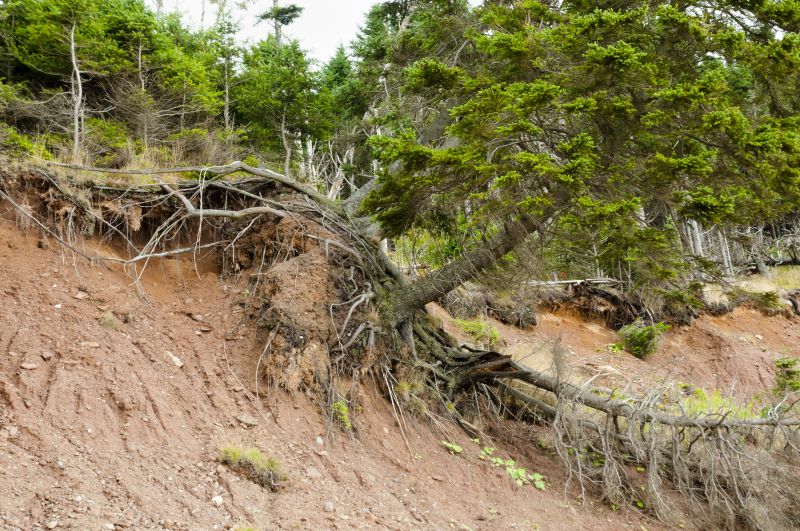
Steeper slopes and difficult access points can increase installation costs due to equipment and labor requirements.
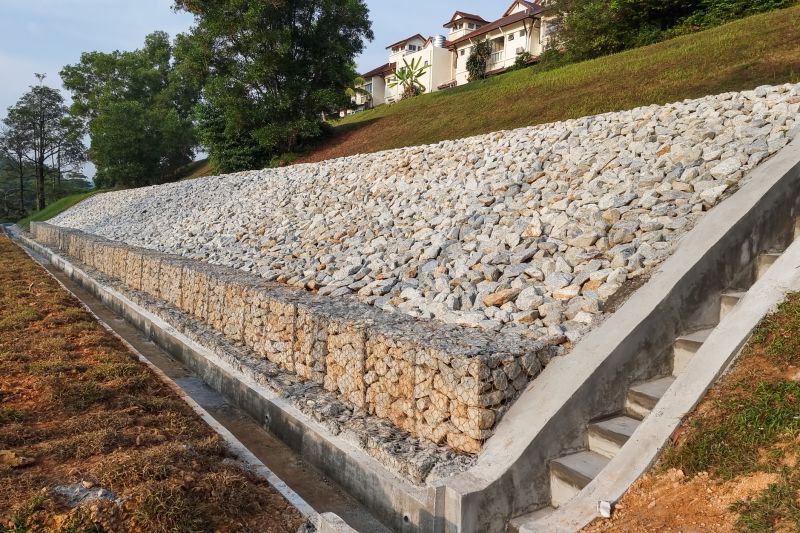
Different erosion control materials, from geotextiles to retaining walls, vary significantly in cost based on durability and installation complexity.
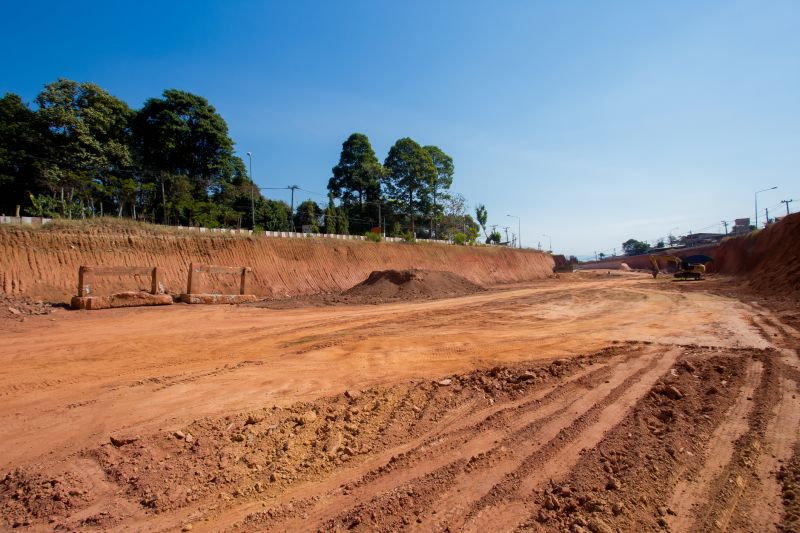
Larger projects with extensive coverage areas tend to incur higher overall costs due to increased material and labor needs.
| Factor | Influence on Cost |
|---|---|
| Slope Steepness | Higher slopes require more specialized equipment and techniques, increasing costs. |
| Soil Type | Erosive soils like clay or silt may demand more robust solutions, raising expenses. |
| Vegetation Removal | Clearing existing vegetation adds to labor and equipment costs. |
| Drainage Requirements | Enhanced drainage systems can significantly add to project costs. |
| Access Difficulty | Limited access increases labor time and equipment rental costs. |
| Material Durability | Higher durability materials cost more but offer longer-lasting erosion control. |
| Project Duration | Longer projects incur higher labor and equipment rental expenses. |
| Permitting and Regulations | Compliance costs can vary depending on local regulations. |
The cost of hillside erosion controls varies widely depending on the specific site conditions and project requirements. For instance, projects involving steep slopes with challenging access may see costs increase due to the need for specialized equipment and additional safety measures. Material selection also plays a crucial role; high-quality, durable erosion control products tend to be more expensive upfront but can reduce long-term maintenance costs. Proper planning and assessment of soil type, drainage needs, and vegetation removal are essential to accurately estimate expenses and ensure the effectiveness of erosion mitigation measures.
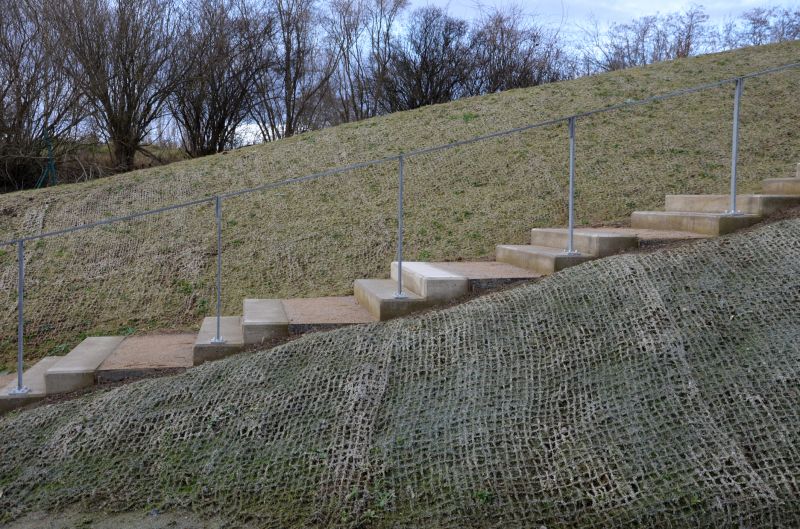
Mesh solutions provide immediate stabilization but vary in cost based on material quality and size.
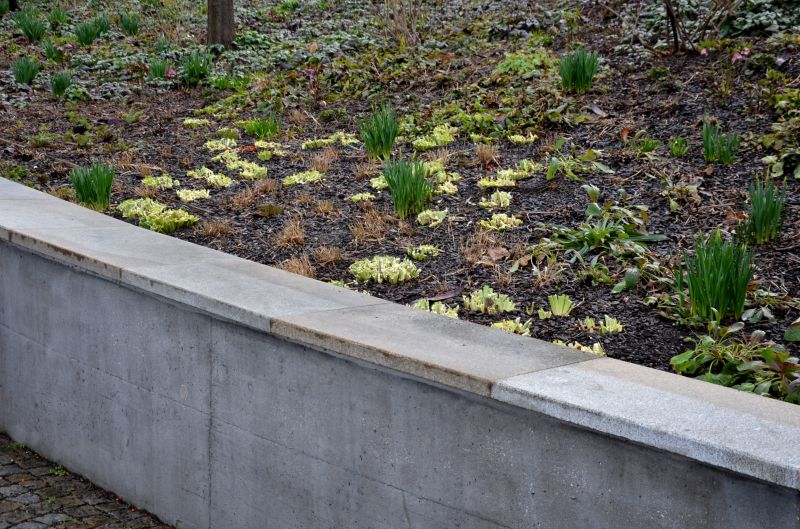
Retaining walls are effective for steep slopes, with costs influenced by design complexity and materials used.
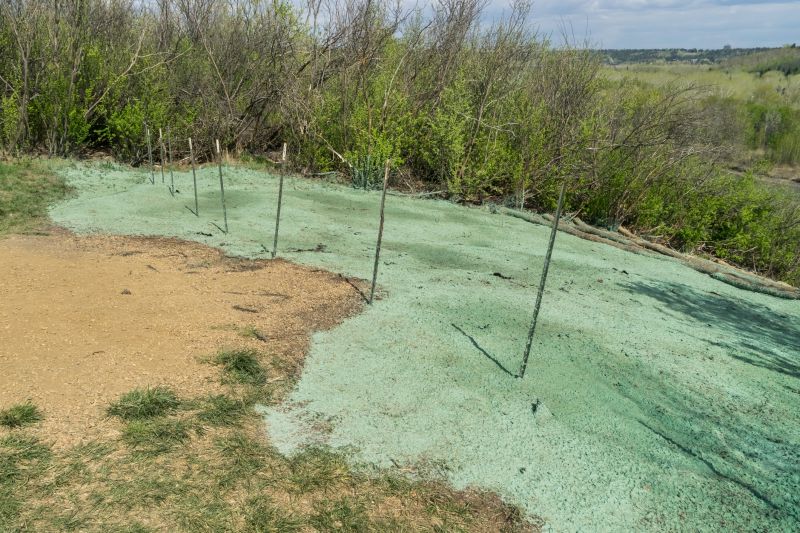
Planting native vegetation is a cost-effective method that can reduce long-term erosion risks.
| Service | Average Price Range |
|---|---|
| Erosion Control Matting | $2 - $5 per square foot |
| Geotextile Fabric Installation | $1.50 - $4 per square foot |
| Slope Stabilization with Rocks | $15 - $30 per square foot |
| Drainage System Installation | $10 - $25 per linear foot |
| Vegetative Erosion Control | $0.50 - $2 per plant |
| Retaining Wall Construction | $20 - $50 per square foot |
| Soil Nailing | $10 - $20 per linear foot |
| Gabion Wall Installation | $25 - $60 per square foot |
| Erosion Control Blanket | $1.50 - $3 per square foot |
| Hydroseeding | $0.15 - $0.50 per square foot |
